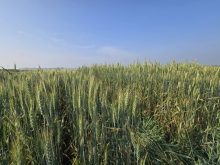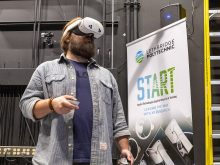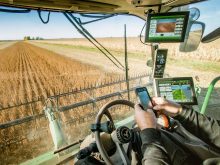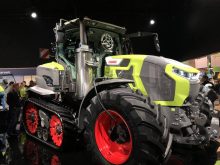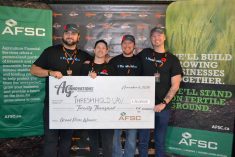Post-secondary ag students with a northern Alberta school have been using a computerized simulator to learn how to properly run tractors and combines.
Both students and staff at Northwestern Polytechnic in Fairview are praising the Tenstar Simulator for its capacity to safely build students’ operational skills with expensive ag machinery and better prepare them for real-life field scenarios.
“When you go onto a farm, your employer or your dad are not going to be confident putting you in cold on the brand new piece of equipment,” says Shaela Lee, the agriculture program coordinator with the school, which bills itself as the largest post-secondary institution in northern Alberta.
Read Also
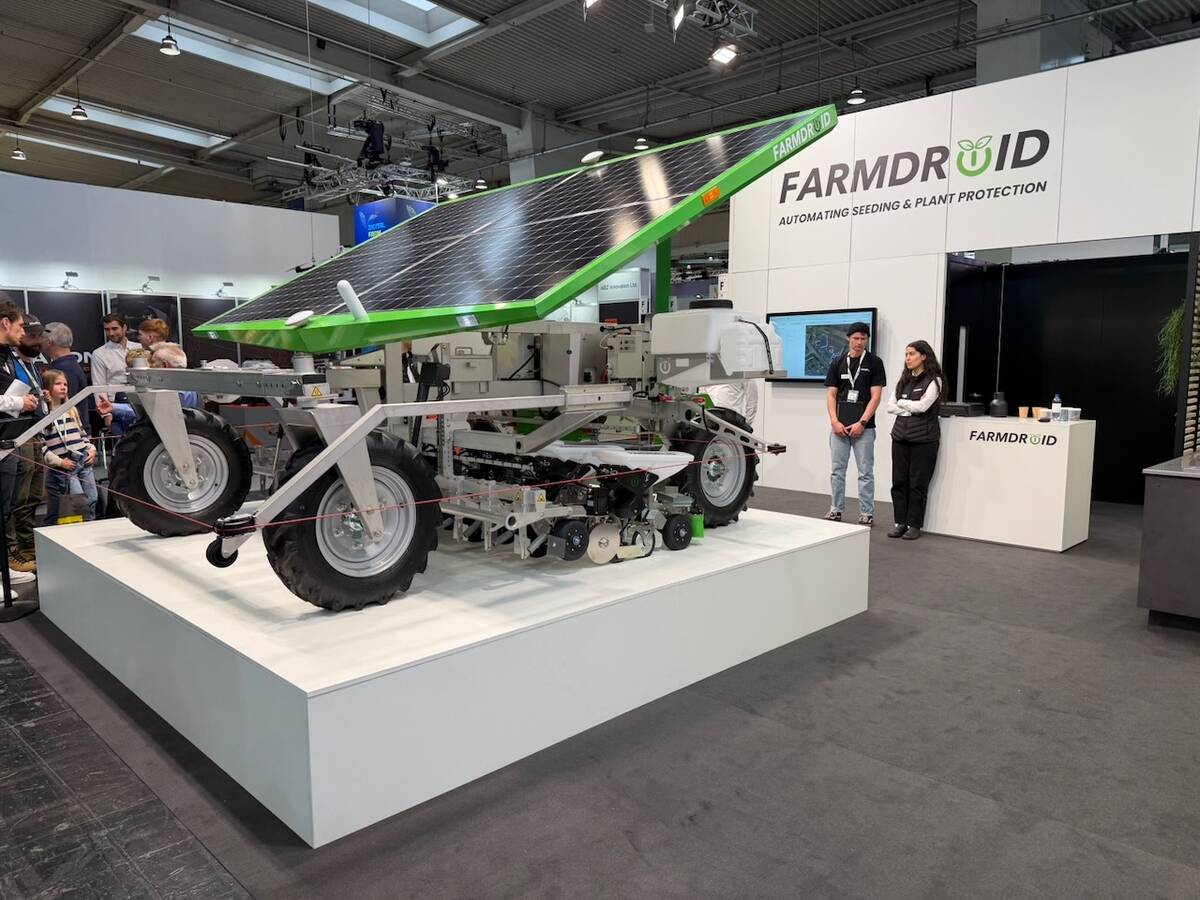
The long march to autonomy
The big players in the machinery market keep adding pieces towards autonomous vehicles for farming, but how far away is a final product?
“We would rather you come here, get hands-on in a simulated environment, crash this thing, refine your skills and then you’re a little bit more familiar with the equipment before you get into the huge equipment that can be daunting and costs lots and lots of money.”
The simulator — which was purchased in January — is intended for students in the polytechnic’s recently-established two-year agriculture operations diploma program.
Because the program caters to students with a wide range of ag backgrounds, some have had more experience with tractors and combines than others, says Lee. However, the platform has challenged even those with extensive real-life experience.
“This year, many of the students who were going onto the simulator were quite confident,” she says.
“During the exercises, they got stuck. So they were humbled a little bit … Some of our students have come from grain farms, so they haven’t operated a baler or anything like that.
“Each student learned a little something from the experience, regardless of their starting point.”
Even though student Karson Wasylciw has been helping run combines with his grandfather since he was seven, he still sees the simulator’s value for both himself and other students in the program.
“I know for myself, when I get in someone else’s piece of equipment, the first worry is always not messing up and making sure that everything runs smoothly once I’m done with it,” says Wasylciw, who’s working towards taking over his grandparents’ portion of the family farm.
“So being able to get the practice time in and getting fairly comfortable with it before actually jumping onto a $100,000 piece of equipment is quite beneficial.”
Although it obviously does not offer the exact sensation one would get from running a real-life piece of equipment, Wasylciw says it’s pretty close.
“It is so similar that I think you can get fairly confident on there and be able to get in a different piece of farm equipment and have no issues running it.”
Weather adjustable
Lee says the Tenstar is a good fit for the program, which was designed for the winter months to give students a chance to take part in fall harvesting and return for spring seeding. The simulator also removes the risks of firing up a real-life tractor in freezing winter conditions.
A few of the 50 tractor-related exercises Tenstar can replicate include baling, tillage and spreading fertilizer. It supports basically “anything you can pull behind a tractor,” says Kristy Honing, chairperson of animal health technology at the polytechnic.
“There’s a screen on the back too so that when you turn around, you can look at what’s behind you. No kidding — if there’s a rock that you’re going over, the seat will move as well.”
The combine component is a little different, says Lee. Although it doesn’t have as many options as the tractor sim, users have the ability to adjust for various weather and environmental conditions.
“During harvest, the weather changes constantly. From dusk to dawn the weather can shift. So you’re able to adjust the simulator to test the students and give them different scenarios.”
Wide-ranging applications
Manufactured by the Swedish-based Tenstar Simulation company, the simulator is a self-contained unit compatible with a host of simulation software.
Although it comes with a choice of configurations, the machine purchased by Northwestern Polytechnic looks similar — and to an extent functions in a similar way to — an updated version of the sit-down arcade racing games from the 1980s and ‘90s.
Its applications are not limited to agriculture. According to the company website, the Tenstar is also marketed to schools and companies that train in the construction, transportation, traffic and forestry industries.
“There was a week where some of the health students came and were driving ambulances on it,” says Wasylciw.
“There’s are quite a few different pieces of machinery that you can get on there. We just have the tractor and combine for ourselves, but it looked like you could go right down to cranes and excavators and stuff.”
Tenstar Simulators are interoperable with other machines under its platform, making options potentially unlimited minus budgetary considerations.
“If there were two simulators, you could sync them together so one could be on the combine portion and one could be on the tractor,” says Lee.




